Spirit of India
Taj Mahal Agra India
Mother Masala Tours
Timeless Majesty
Taj Mahal Agra India. Located on the banks of the Yamuna River, is a city of historical significance, home to a population exceeding 1.7 million. This lively city was once the capital of the Mughal Empire, a dynasty flourishing from the 16th to 19th centuries. Agra is known primarily for the Taj Mahal, commissioned by Shah Jahan in 1631 as a mausoleum for his beloved wife, Mumtaz Mahal, who died during childbirth. The construction of this monumental structure commenced in 1632 and was largely completed by 1638. A significant center for trade and culture, reflecting the luxurious lifestyle of the Mughal era and continuing to attract people from all around. The combined magnificense of the Taj and the legacy of the Mughal Dynasty make Agra a focal point of India’s cultural landscape. With majestic gardens, intricate craftsmanship, and an enduring story of love.
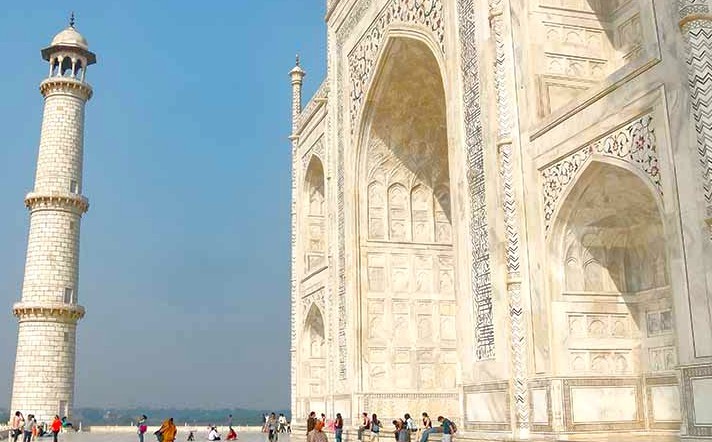
Taj Mahal Agra India: Sacred Spaces
Serves as the central artifact, embodying the grand vision of Shah Jahan. The complex is adorned with white marble inlaid with Pietra dura, or precious stones, illustrating the impeccable artistry of its creators. The intricate calligraphy finds its way onto various surfaces, featuring verses from the Quran that add to the monument's spiritual ambiance. This site holds Unesco World Heritage status, recognized for its historical and cultural importance. The surrounding gardens, designed in the charbagh style, reflect the paradise that the Mughal emperors envisioned, symbolizing a garden of reflection.
Ancient Mosaics: Impeccable Craftsmanship
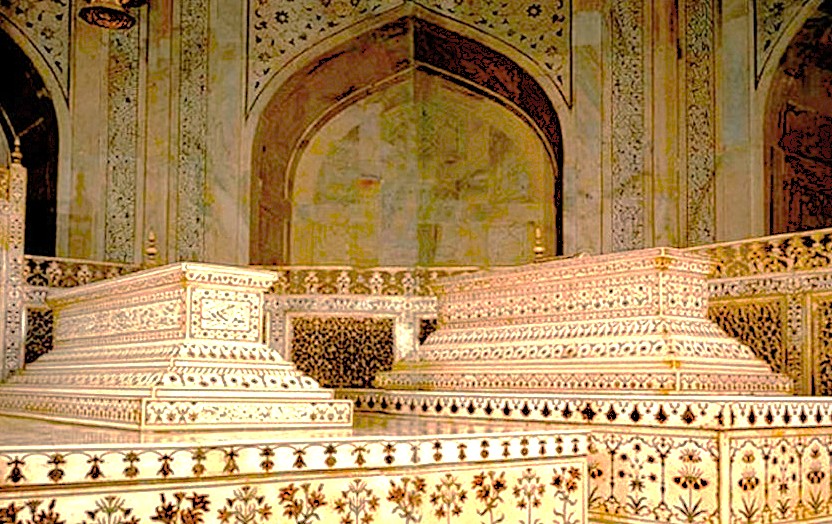
Taj Mahal Agra India. The Taj Mahal stands as India's most famous building, a perfect jewel of white marble. Like a carefully folded paper creation brought to life in stone, its dome rises gracefully over four identical sides. Sunlight plays across its surface, making it glow pink at dawn and golden at sunset, like a chameleon changing colors. The marble feels cool, a natural air conditioner from centuries past. Inside, pieces of stone form flower patterns. We observe the precise balance of its structure. This structure shows the skill of many artisans.
The Pulse of the Local Community
The local community in Agra is characterized by warmth and hospitality, deeply rooted in tradition. As we explore the markets and streets, we will take notice of the welcoming smiles from those eager to share their stories and heritage. This area thrives on its cultural connections, with many families having lived here for generations. They pride themselves on their culinary traditions and crafts, encapsulating the essence of Mughal-inspired life. Residents engage actively in sharing their history through food, art, and conversation, enhancing the ambiance of this extraordinary region.
Capturing the Magic: A Photographic Haven
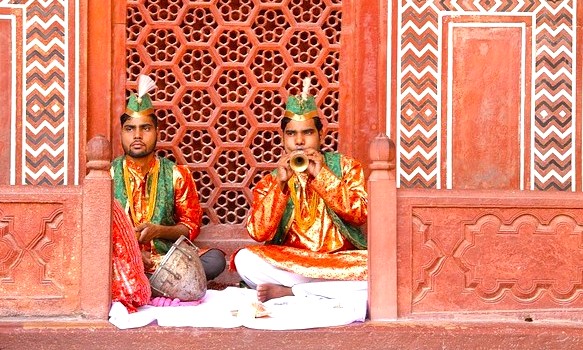
The Taj stands as India's most iconic monument. It is a luminous masterpiece crafted from white marble. The structure evokes the delicacy of a perfectly folded paper sculpture. Its symmetrical dome rises gracefully above four identical facades. Even beneath the sun, the cool marble remains pleasant to the touch. Delicate inlays of colored stone create intricate floral patterns everywhere. Each small piece fits flawlessly into its specific place within the design.
Festivals of Devotion: Honouring the Sacred and the Divine
Taj Mahal comes alive during various festivals, significantly during Eid and Diwali. Eid is celebrated with grand prayers in the Jama Masjid, when thousands gather for communal worship, reinforcing the spirit of unity among Muslims. Meanwhile, during Diwali, the festival of lights, the city adorns itself with colorful lamps and fireworks, symbolizing the victory of light over darkness. . Another is the Taj Mahotsav, held in February, which reveals local crafts, art, music, and dance, attracting people from all over India. This 10-day festival highlights the cultural heritage of the region.
The Connection with the Gods
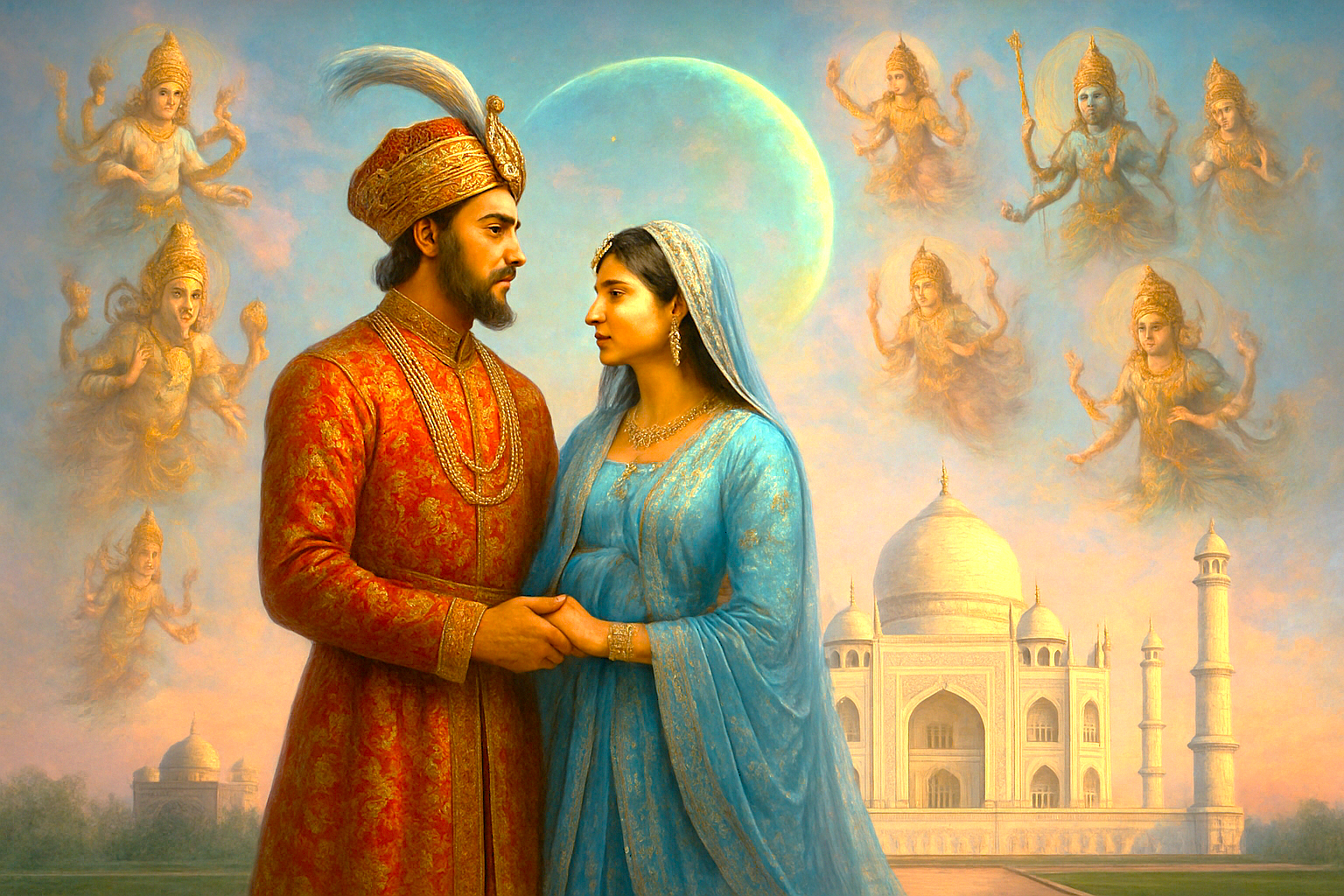
The story of the Taj Mahal is closely tied to Shah Jahan and his wife Mumtaz Mahal, their deep love giving the monument a gentle, magical feeling. Some say Mumtaz Mahal’s spirit lives on, inspiring loving couples and filling visitors’ hearts with hope. The Taj Mahal, known worldwide as a symbol of never-ending love, attracts couples and dreamers from all over. Many treat visiting as a special journey to celebrate or deepen relationships. Nearby temples and mosques add spiritual meaning, making the experience even more unique.
Urban Legends: Strange Sightings, Myths and Mysteries
The Taj carries many urban legends that have been passed down through the ages. One popular tale says Shah Jahan planned to build a matching black marble mausoleum across the river, but it was never completed. Another story claims that after finishing the Taj Mahal, Shah Jahan ordered the hands of its builders to be cut off so it could never be copied. Some visitors believe that during certain nights, the spirit of Mumtaz Mahal roams the gardens, blessing couples with lasting love. Though these stories aren’t proven, they add mystery and fascination to each visit.
Resilience and Renewal: Overcoming Adversity's Challenges
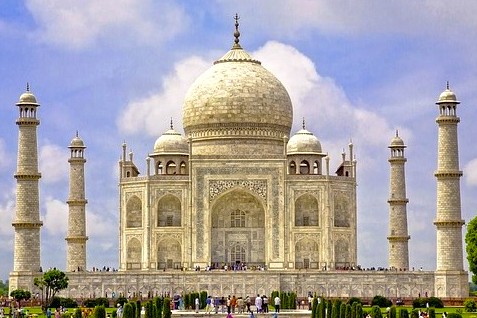
Agra’s history holds many challenges, especially the 1857 Rebellion, which brought damage and turmoil to the city. This fight against British rule included fierce battles and deep loss for many. Yet, the people of Agra worked together, showing unity to rebuild their home. Several historic buildings, including the Taj Mahal, suffered damage during these difficult times. Restoration focused intently on saving their beautiful exteriors and the delicate interiors. This involved careful repair of marble work and intricate inlaid gemstones, and artisans diligently repaired sections.
Ancient Technologies: Sacred Sound, Geometry & Astrological Influences
Taj Mahal Agra India. The construction of the Taj uses sacred geometry to create a sense of harmony and balance. Its precise symmetry and proportions, inspired by Islamic cosmological ideas, give the spaces a calm, spiritual feeling. For example, the main dome’s height exactly matches the building’s width, generating a sense of mathematical resonance throughout. This design allows voices to carry clearly while softening harsh sounds. The structure’s layout, when measured, can relate to certain Solfeggio frequencies - tones thought by some to encourage healing and well-being - adding a layer of subtle acoustic harmony to the experience.
Serendipitous Meetings: Beyond the Main Path
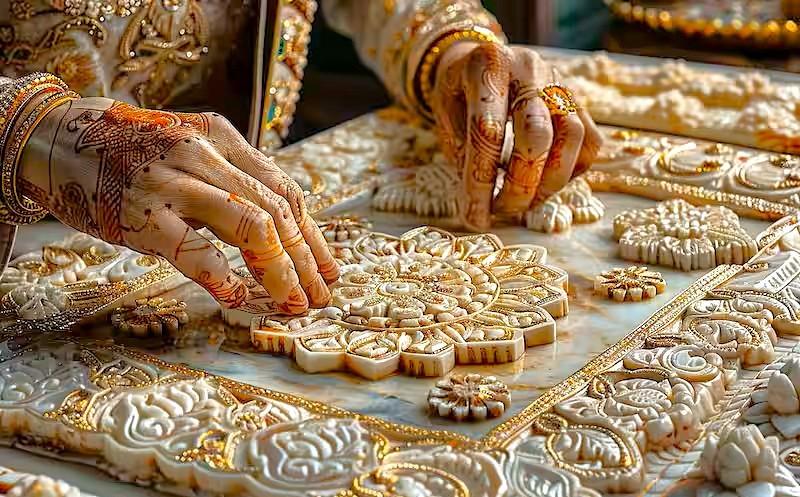
The Taj Mahal presents many chances for unexpected discoveries as we explore Agra’s lively streets. We wander into quiet corners, finding artisans creating marble inlays or weaving fine textiles by hand. In these small workshops, skilled craftspeople work with dedication to keep their ancient traditions alive. Meeting them offers us insights into a rich cultural past through their stories and work. The city’s bustling markets also overflow with a variety of colorful spices and traditional crafts for us. We see the daily life unfolding around these structures.
You’re One Decision Away from Epic, Join Us
This trip, to the Taj Mahal Agra an experience filled with love, history, and incredible encounters. As we walk through this Unesco city, we will encounter tales of devotion, artistic mastery, and culinary delights that await. You will be immersed in the beauty and the rich culture that defines Agra, creating unforgettable memories along the way.
Symphony of Generosity: Offerings from Wanderers to Residents
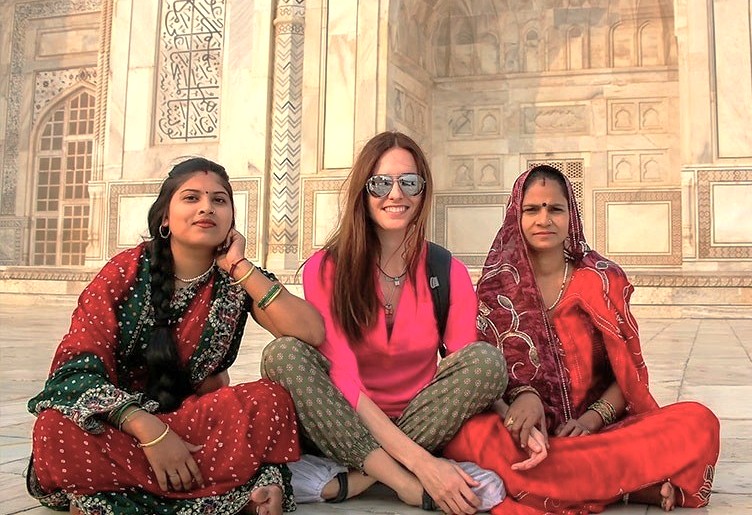
Taj Mahal Agra India. The vibrant mix of local people and us creates a steady flow of cultural exchange. This exchange significantly enriches the entire community of Agra. When we purchase crafts, artisans gain vital income for their families. Savouring traditional food also helps small business owners greatly here. This connection makes travel experiences much better for everyone involved. Both sides openly share their unique ideas during these times. They also share interesting stories and their valuable traditions with each other. These interactions allow us to appreciate local culture.